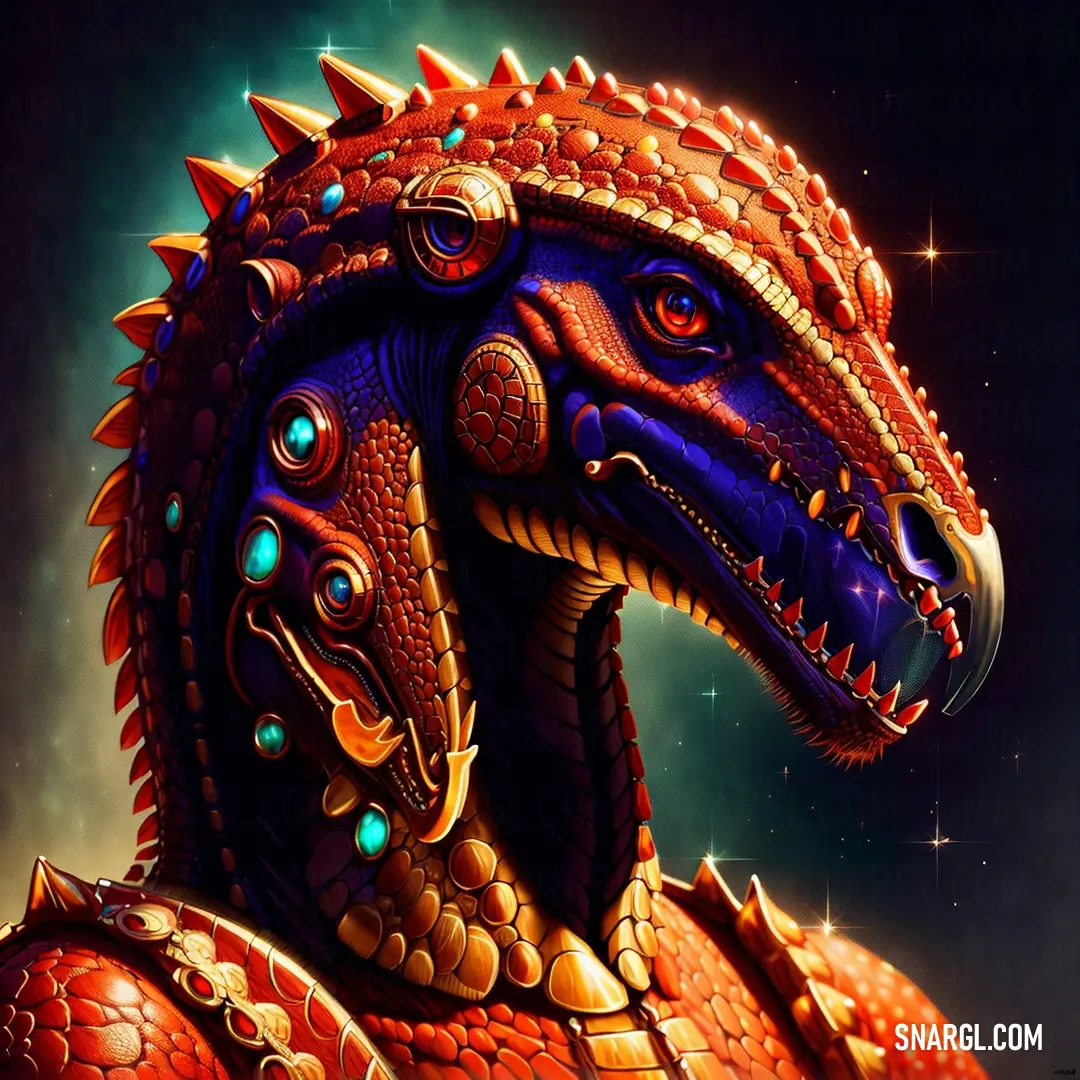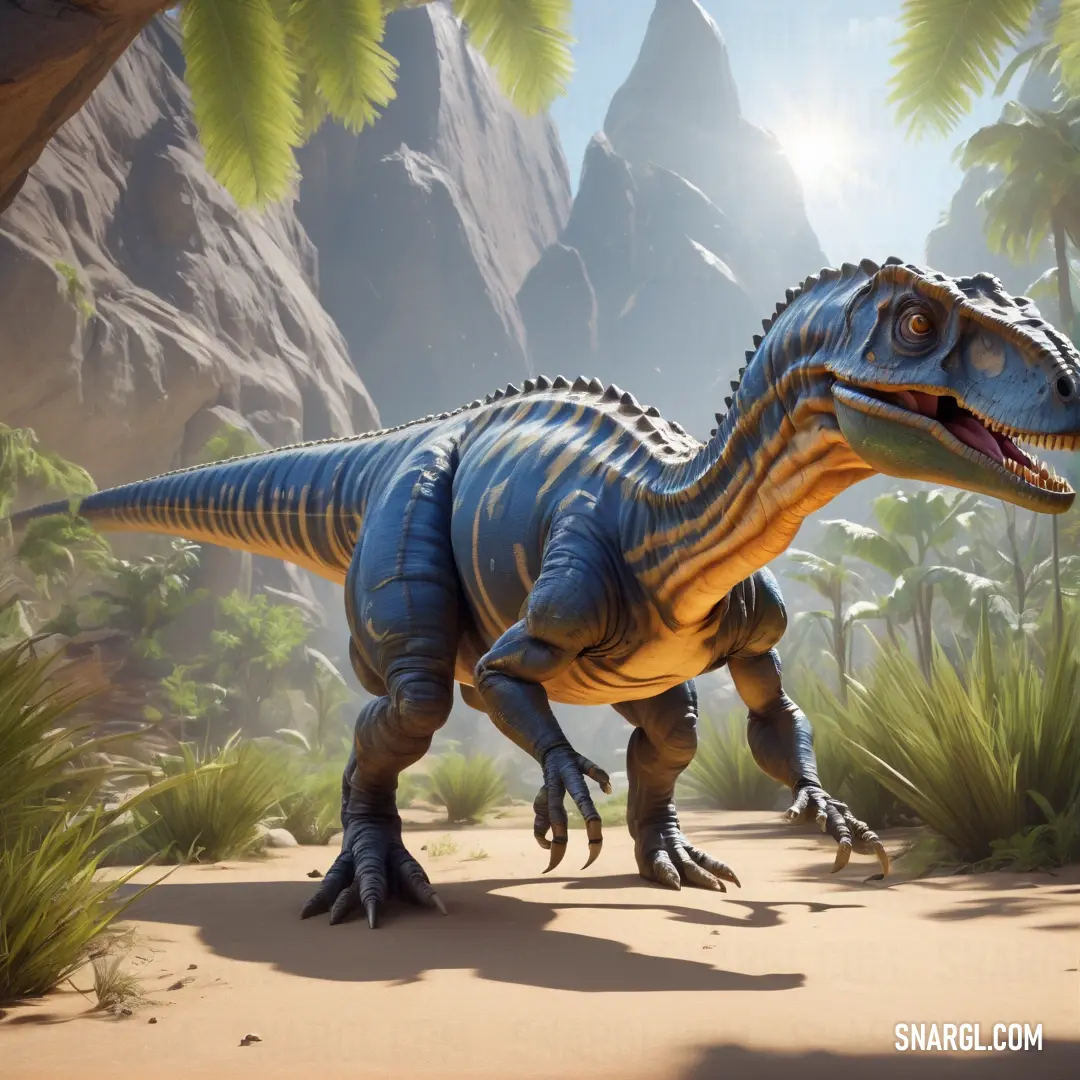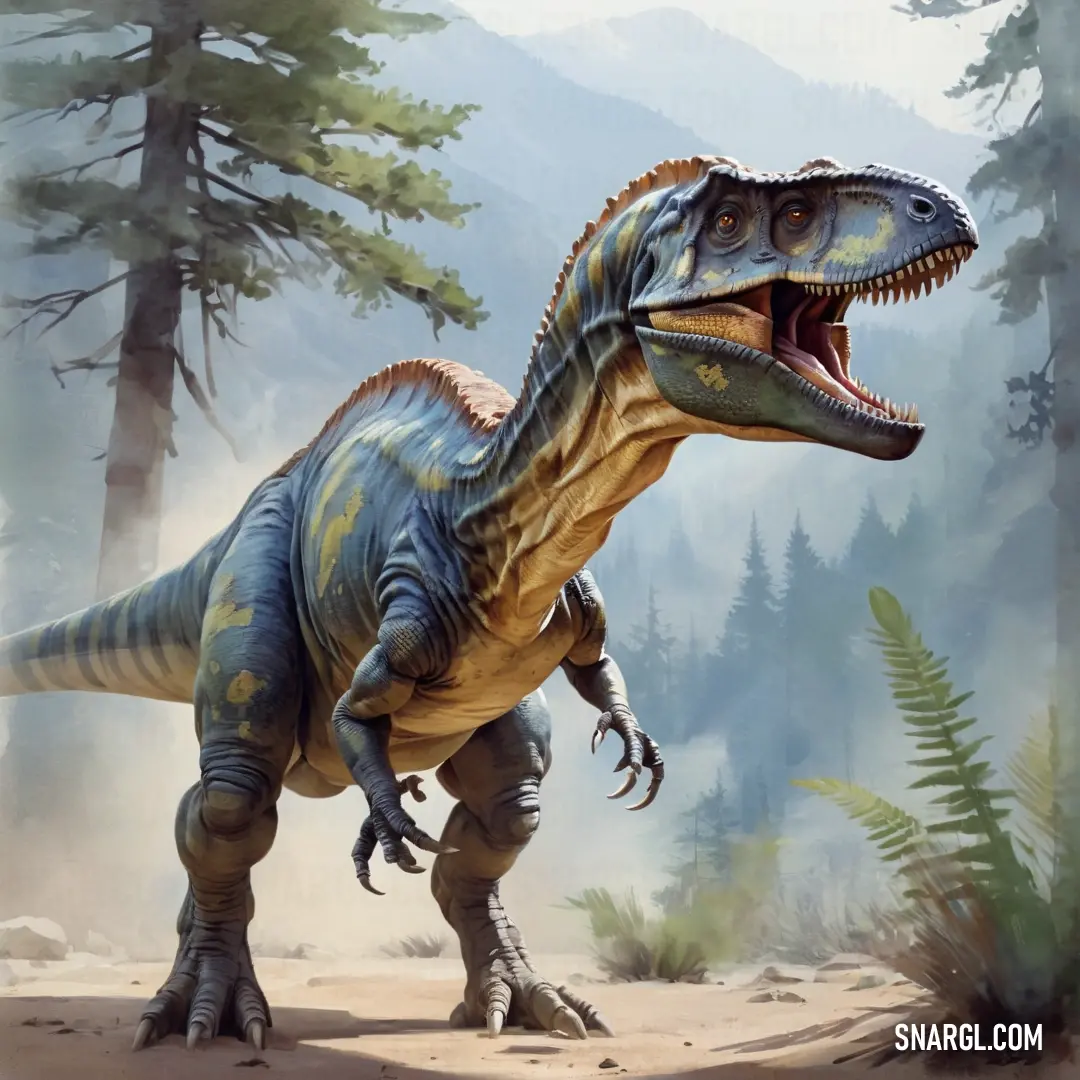Abelisaurus
2023-07-18 Snargl 03:46
What kind of animal is Abelisaurus?
Abelisaurus was a type of theropod dinosaur that lived in South America during the Late Cretaceous Period, about 85 million years ago.
It was a bipedal carnivore that probably reached about 7.4 metres in length, although this is uncertain as it is known from only one partial skull.
Abelisaurus belonged to a group of dinosaurs called abelisaurids, which had short and deep skulls with large openings to reduce weight.
Some abelisaurids, such as Carnotaurus, had horns or crests on their heads, but Abelisaurus did not.
However, it had some wrinkled projections on its skull that may have supported a keratinous crest.
Abelisaurus was named after Roberto Abel, who discovered the fossil skull in Argentina and was the director of the Museum of Cipolletti.
The name means "Abel's lizard".
The only species of Abelisaurus is Abelisaurus comahuensis, which honors the Comahue region of Argentina where the fossil was found.
Abelisaurus is one of the many dinosaurs that have been discovered in Patagonia, a region rich in fossil remains.
It was originally described as coming from the Allen Formation, but later studies showed that it actually came from the older Anacleto Formation.
Abelisaurus may have been a close relative of Aucasaurus, another abelisaurid from the same formation.
Some paleontologists have even suggested that Aucasaurus may be a junior synonym of Abelisaurus, but this has not been widely accepted.
Abelisaurus was a fierce predator that may have hunted large herbivorous dinosaurs, such as titanosaurs and iguanodonts, that shared its environment.
It had relatively small teeth for its size, but a powerful bite force and a strong neck.
It also had short arms with reduced fingers, like other abelisaurids.
Abelisaurus was one of the last representatives of the abelisaurids, a group that dominated the southern continents during the Cretaceous.
After the mass extinction event that wiped out most of the dinosaurs, abelisaurids became extinct and were replaced by other groups of carnivorous animals, such as mammals and birds.
Example of the color palette for the image of Abelisaurus
Top 5 color shades of the illustration. Arranged in descending order of frequency of occurrence (first - more often, last - more rare).
See these colors in NCS, PANTONE, RAL palettes...
NCS (Natural Color System) Example of the color palette for the image of Abelisaurus
Top 5 color shades of the illustration. Arranged in descending order of frequency of occurrence (first - more often, last - more rare).
See these colors in NCS, PANTONE, RAL palettes...
NCS (Natural Color System) Where does the Abelisaurus live?
Abelisaurus was a dinosaur that lived in South America during the Late Cretaceous Period, about 83 to 76 million years ago.
It was a theropod, a group of bipedal carnivorous dinosaurs that includes Tyrannosaurus and Velociraptor.
Abelisaurus is known from only one partial skull that was found in Argentina, in a geological formation called the Anacleto Formation.
The Anacleto Formation is part of the Neuquén Group, a series of sedimentary rocks that preserve fossils of many different animals and plants from the Cretaceous.
Based on the skull, Abelisaurus was estimated to be about 7.4 meters (24 feet) long, although this is uncertain as the rest of the skeleton is unknown.
It had a high and narrow skull, with large openings for the eyes and nostrils.
The top of the skull was flattened, and the nasal bones had some bumps and spikes on the surface.
These features may have been used for display or combat with other members of its species.
Abelisaurus belonged to a family of theropods called Abelisauridae, which were common in the southern continents during the Late Cretaceous.
Its relatives include Carnotaurus, Majungasaurus, and Rajasaurus.
Abelisaurus probably lived in a warm and humid environment, with rivers, lakes, and forests.
It may have preyed on smaller dinosaurs, such as the ornithopod Notohypsilophodon, or scavenged on carcasses of larger animals, such as the titanosaur Andesaurus.
Abelisaurus may have faced competition from other predators, such as the carcharodontosaurid Giganotosaurus, or the megaraptoran Aerosteon.
It was one of the many dinosaurs that have been discovered in Patagonia, a region of Argentina that has yielded many fossils of diverse and unique animals.
Example of the color palette for the image of Abelisaurus
Top 5 color shades of the illustration. Arranged in descending order of frequency of occurrence (first - more often, last - more rare).
See these colors in NCS, PANTONE, RAL palettes...
NCS (Natural Color System) What does the Abelisaurus look like?
Abelisaurus was a large, meat-eating dinosaur that lived in South America about 85 million years ago.
It had a long neck and tail, and a powerful bite.
It was part of a group of theropod dinosaurs called abelisaurs, which had distinctive features such as short arms and openings in their skulls.
Abelisaurus is known from only one partial skull, so its exact size and appearance are uncertain.
However, based on comparisons with other abelisaurs, it is estimated to have been about 7.4 metres (24 ft 3 in) long and 2 tons in weight.
It had a large head with small teeth and a short snout.
The skull had several holes, called fenestrae, that may have reduced its weight and allowed for muscle attachments.
Abelisaurus probably had a bipedal gait and a muscular body, but its arms were very small and weak.
Abelisaurus lived in a warm and humid environment, with abundant vegetation and water sources.
It shared its habitat with other dinosaurs, such as the herbivorous saltasaurids and the carnivorous noasaurids.
Abelisaurus was likely an apex predator, hunting and scavenging for prey.
It may have competed with other abelisaurs, such as Carnotaurus and Aucasaurus, for food and territory.
Abelisaurus was one of the many dinosaurs that evolved in isolation on the southern continent of Gondwana, which included Africa, South America, and Madagascar.
Abelisaurs were the dominant predators in this region, while other groups of theropods, such as tyrannosaurs and allosaurs, were more common in the northern continents.
Abelisaurus was named after Roberto Abel, the discoverer of its fossil and the former director of the Museum of Cipolletti in Argentina.
Abelisaurus means "Abel's lizard".
Example of the color palette for the image of Abelisaurus
Top 5 color shades of the illustration. Arranged in descending order of frequency of occurrence (first - more often, last - more rare).
See these colors in NCS, PANTONE, RAL palettes...
NCS (Natural Color System) Continue browsing posts in category "Dinosaurs"
You may find these posts interesting:
The images you see on this page have been generated by AI - they are not real images of Abelisaurus, but they are great nonetheless! :)




